Malahide Castle and its gardens, north of Dublin city in County Dublin, are a very worthwhile visit for at least three reasons. The first is the historic Malahide Castle itself, owned continuously for about 800 years by the Talbot family. The lands and harbour of Malahide were granted to founder Richard Talbot by Henry II in return for his part played in the Anglo- Norman invasion of Ireland.
The second reason, and the most compelling one for garden lovers, are the beautiful gardens created by Lord Milo Talbot around the grounds of the castle. These include a walled garden par excellence complete with a stone tower, pleasure grounds with some stately old trees and woodland walks.
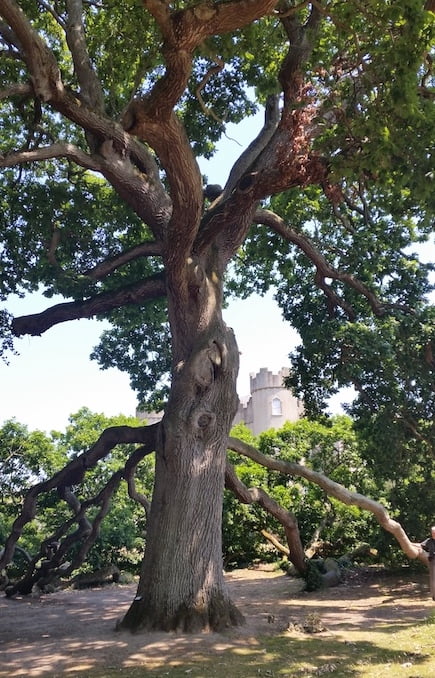
An ancient Sessile Oak in the grounds of Malahide Castle
The rather eccentric Lord Milo inherited the estate and had many overseas postings during his career in the UK foreign office. It was during this time he travelled extensively, collecting plants and taking them back to Malahide Castle gardens.
Milo had a fascination for rare and unusual plants. You will see several well-preserved greenhouses throughout the gardens housing the more tender species. The most spectacular was built in the Victorian era and has been wonderfully preserved. It functions today to house some of his collection of Southern Hemisphere plants.
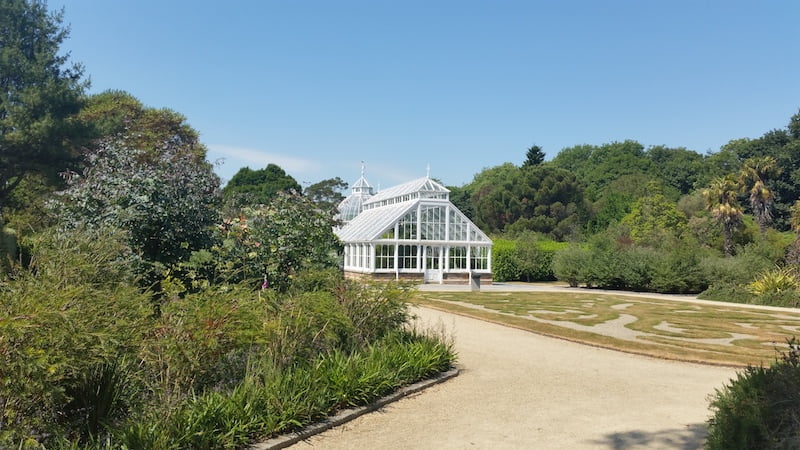
The Victorian Greenhouse in the Southern Hemisphere garden
And mention of the Southern Hemisphere is the perfect segue to the tale of the Tasmanian Malahide and the Australian connection with it. In 1820 another of the Talbot forebears arrived in Hobart, Tasmania as a free settler.
William Talbot took up a land grant of about 3,000 acres in the north-east of the colony, 70 miles from Launceston. This property he called Malahide, with the surrounding district becoming known as Fingal, as with its Irish counterpart.
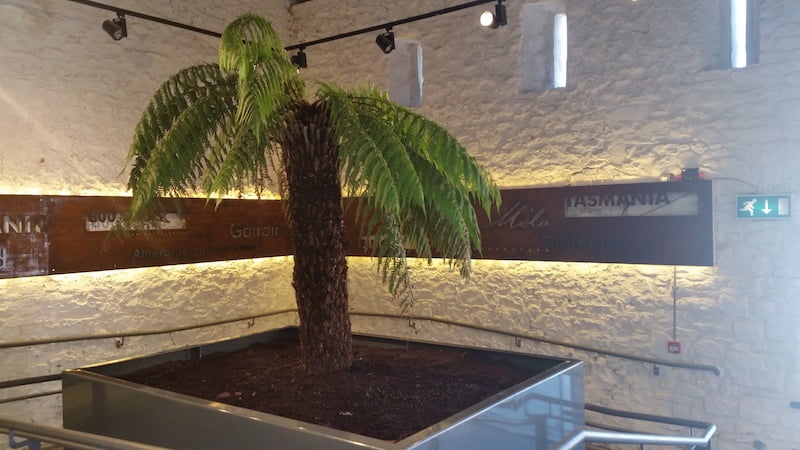
An Australian tree fern at the entrance to the visitor centre
Jump ahead to 1938, when Milo inherited the now thriving property. After his first visit there in 1951, Milo set about restoring the homestead and it was no doubt this interest in the Antipodean Malahide that led him to his next botanical venture. This was an ambitious project conceived by Lord Milo and commissioning botanist Dr. Winifred Curtis and renowned botanical artist Margaret Stones to produce ‘The Endemic Flora of Tasmania’. It was published between 1967-1978 and remains part of Lord Milo’s legacy.
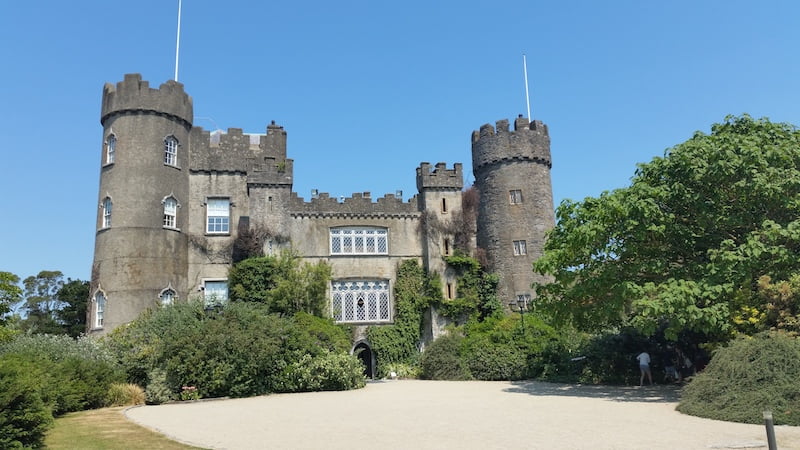
Malahide Castle near Malahide village in Co. Dublin
The gardens at Malahide Castle could be described as a botanical garden with Southern Hemisphere plants playing a starring role. The walled garden is especially interesting and next to the wonderful Victorian greenhouse is a large area devoted to Australian and New Zealand plants. Look out for the kangaroo carved seat and the enormous Eucalyptus globulus dominating this area.
Another great feature is the butterfly house near the visitor centre. It was such a joy to wander around in a tropical environment with these delightful colourful creatures fluttering around. Not to mention the sweet aroma of nectar from the many flowering plants providing their food source.
A visit to Malahide Castle gives an insight into the intriguing character, Lord Milo Talbot, and his horticultural legacy. As the Castle is now owned by the Irish State, his legacy is sure to live on intact.
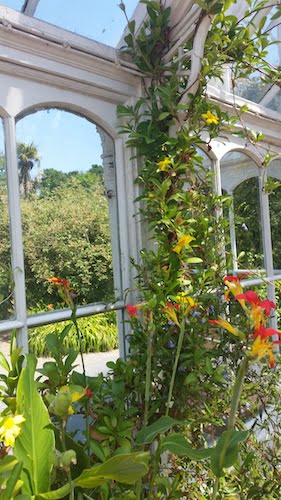
Hibbertia scandens in the Victorian Greenhouse
